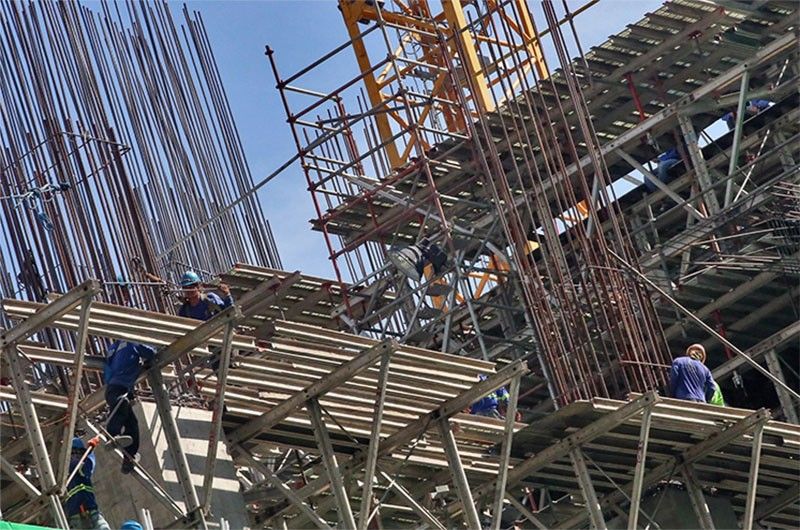DILG to launch infrastructure audit tool

MANILA, Philippines — A tool assessing the structural integrity of buildings in anticipation of a 7.2-magnitude earthquake in the Philippines will be launched by the Department of the Interior and Local Government (DILG).
The Harmonized Infrastructure Audit tool will establish standards for the evaluation of public infrastructure, in terms of vulnerability to high-intensity seismic events, DILG Undersecretary for local government Marlo Iringan said on Tuesday at the second Earthquake Preparedness Summit in Quezon City.
Pilot testing will be set in Metro Manila, Central Luzon and Calabarzon due to the regions’ proximity to active fault lines.
In partnership with academic institutions, the DILG will engage with fourth and fifth-year engineering students in the assessment process.
Based on data from the Philippine Institute of Volcanology and Seismology, about 3,200 structures lie along the West Valley Fault, with 12 to 13 percent of residential buildings at risk of significant damage during a temblor.
Audit steel-making plants
Steel plants nationwide should be inspected by the government to prevent the production of substandard steel bars that could lead to collapsing structures when a 7.2-magnitude earthquake occurs, an industry veteran said Wednesday during the Kapihan sa Manila Bay forum.
Steel manufacturers flooding hardware stores with cheap products should be probed by authorities, according to Roberto Cola, a governing council member of the Department of Science and Technology’s Metals Industry Research and Development Center.
In August 2024, environmental group SEEDS Philippines found that mainland Chinese nationals using Filipino dummies are clandestinely operating outdated facilities with induction furnaces in Valenzuela, Bulacan and Cagayan de Oro.
Induction furnaces, banned in China in 2017, produce low-quality steel and cause environmental damage.
Cola said the Department of Trade and Industry should perform a “process audit” of 42 steel-making plants in the Philippines, noting that for every one million rebar produced, only three should be defective. – EJ Macababbad, Evelyn Macairan
- Latest
- Trending































